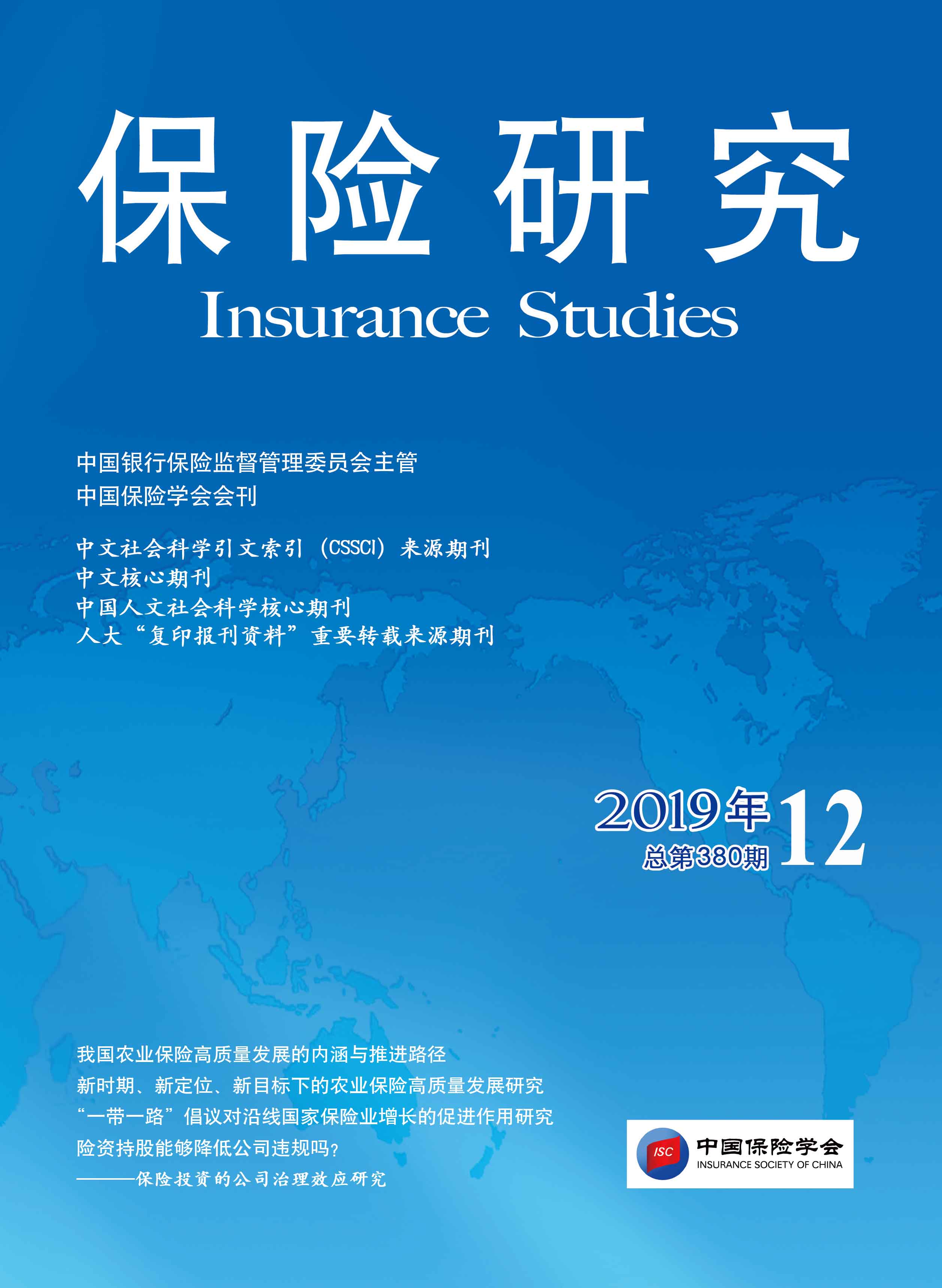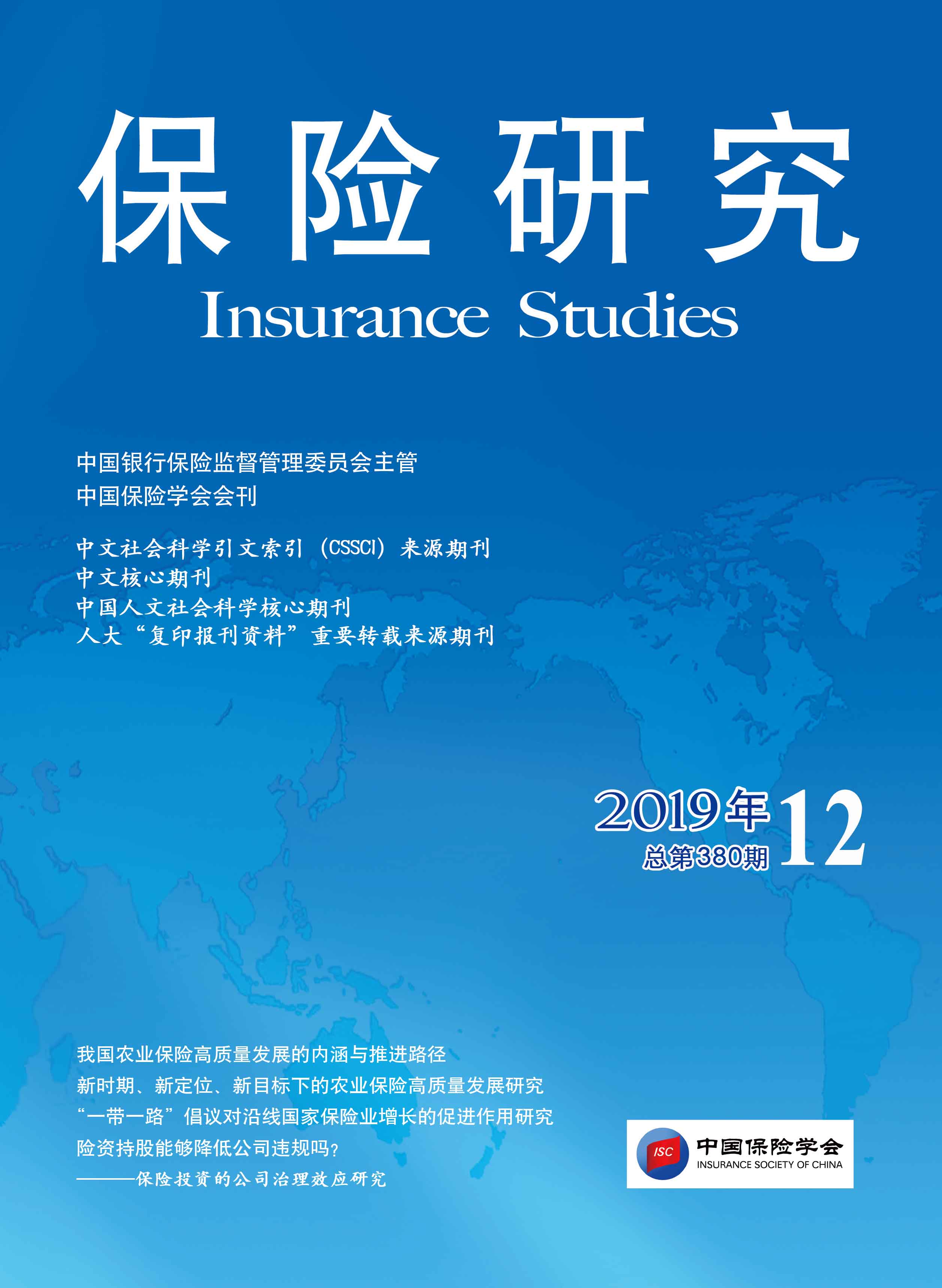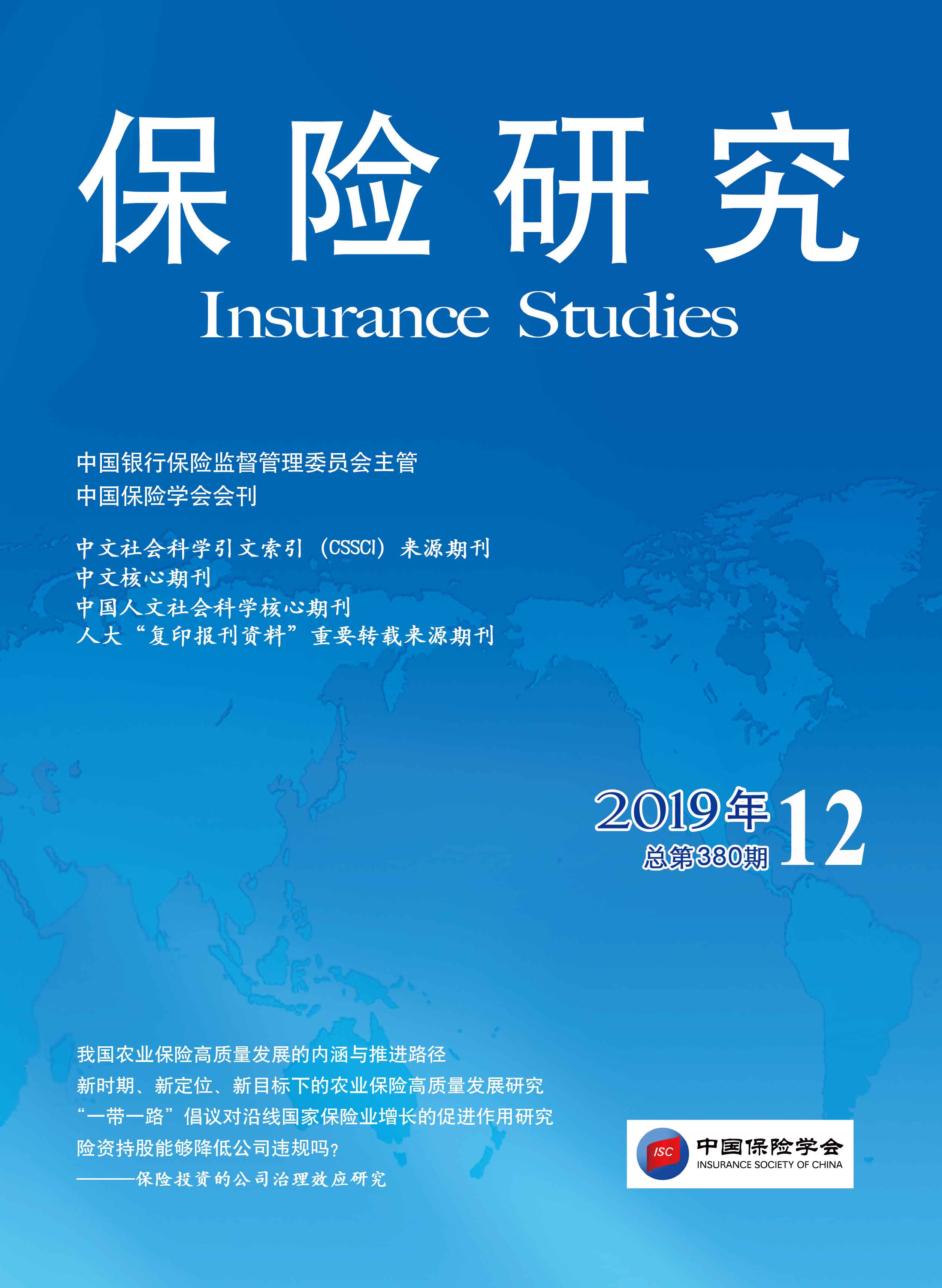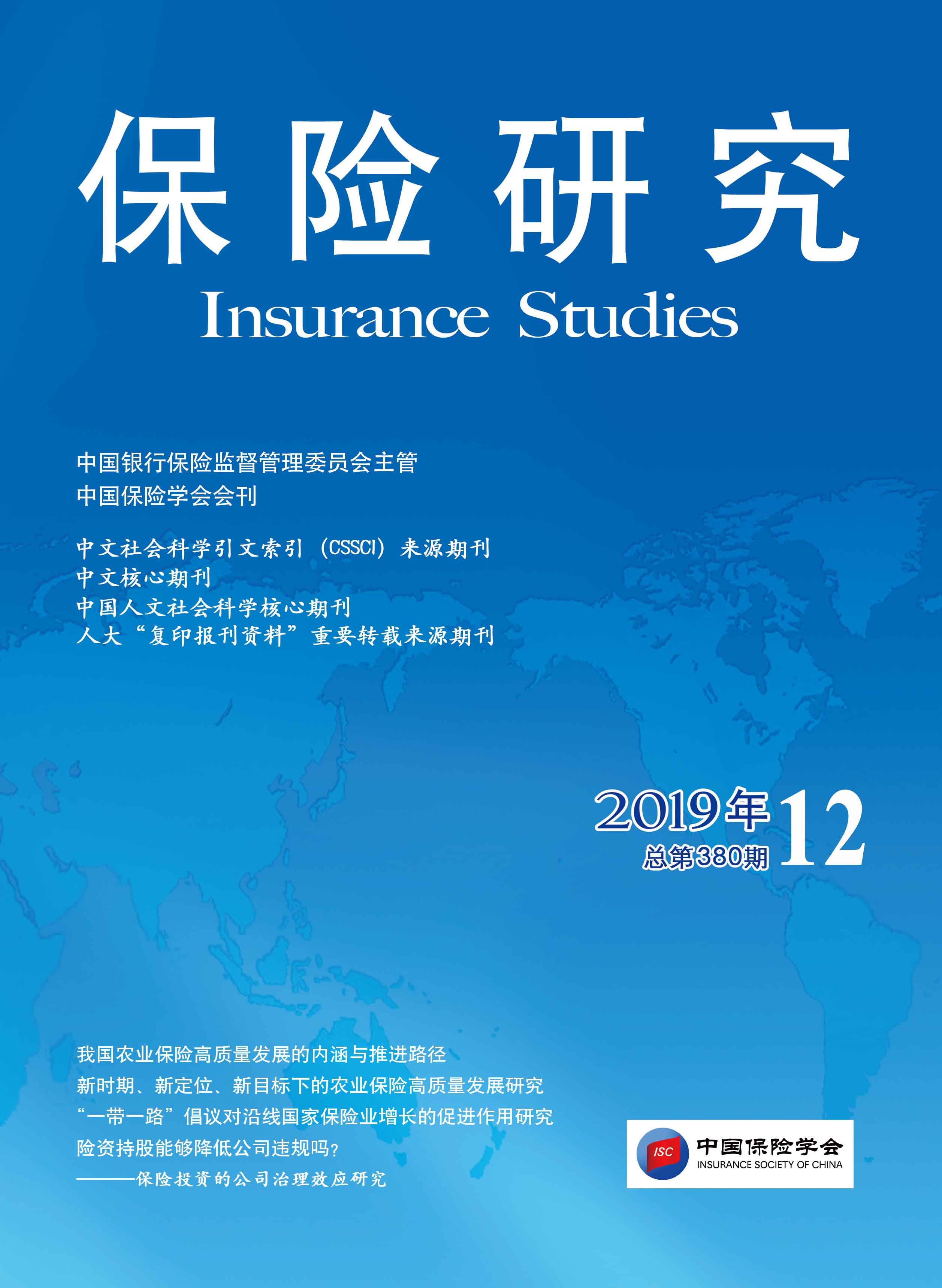
《保险研究》20190402-《山西沁县谷子综合天气指数保险研究》(王月琴、赵思健、聂谦)
[中图分类号]F840.66;P49 [文献标识码]A [文章编号]1004-3306(2019)04-0015-12 DOI:10.13497/j.cnki.is.2019.04.002
资源价格:30积分
- 内容介绍
[摘 要]农作物受灾机理十分复杂,在生长过程中往往受到多重灾害的共同影响,本文以山西沁县谷子为例展开综合天气指数保险研究。首先,构建干旱指数P1-、P2-、P3-、P4-、暴雨指数P3+共5个天气指数。然后,引入数据优化匹配方法,通过逐步调整产量去趋势步长、天气指数异常阈值和产量损失阈值,寻找最大拟合优度R²值来达到最优匹配,以实现定量评估天气指数对作物产量影响的目的。在优化匹配关系模型的基础上,得到山西沁县谷子综合天气指数保险产品的保险费率、天气指数触发值和赔付标准。本文旨在为开展综合性的天气指数保险提供技术支撑,也为转移与管理气象灾害风险提供实际应用方案。
[关键词]沁县谷子;综合天气指数保险;关键生长期;气象异常;产量损失;优化匹配
[基金项目]国家自然科学基金面上项目《自然灾害风险的时空尺度效应分析与推绎技术研究——以农业旱灾风险为例》(41471426),教育部人文社会科学重点研究基地重大项目《基于多源数据融合的农业生产风险评估研究》(17JJD910002)。
[作者简介]王月琴,中国农业科学院农业信息研究所博士研究生;赵思健(通讯作者),中国农业科学院农业信息研究所副研究员;聂谦,中国农业科学院农业信息研究所助理研究员。
A Study on Synthetic Weather Index Insurance for Millet in Qinxian,Shanxi Province
WANG Yue-qin,ZHAO Si-jian,NIE Qian
Abstract:The crop disaster mechanism is very complicated,and it is often affected by multiple disasters during the growth of the crop. This paper took the millet in Qinxian as an example to carry out a synthetic weather index insurance research. First,five weather indexes were constructed such as the drought indices P1-,P2-,P3-,and P4- and rainstorm index P3+. An optimized matching method was then introduced to determine the relationship between weather indexes and meteorological yield loss,which looked for the maximum fitting goodness by gradually adjusting the detrend step,the weather index anomaly threshold and the yield loss threshold in order to quantitatively evaluate the impact of weather index on crop yield and provide a new method for the development of synthetic weather index insurance. On the basis of the optimized model,the synthetic weather index insurance plan for millet was designed,and the premium rate,weather indexes trigger value and the indemnity standard were obtained. This paper aims to provide technical support for synthetic weather index insurance,and also provide practical application programs for transferring and managing the meteorological disaster risks of millet in Shanxi province.
Key words:millet;synthetic weather indexes;critical growing phases;adverse weather;yield loss;optimal matching

《保险研究》20191209-《社会养老保险对家庭金融资产配置的影响研究》(卢亚娟、张雯涵、孟丹丹)

《保险研究》20191208-《基本医疗保险对老年人灾难性卫生支出的影响研究》(丁继红、游丽)

《保险研究》20191207-《慢病致贫与多层次医疗保障研究》(于新亮、申宇鹏、熊先军)

《保险研究》20191206-《外部治理对保险公司风险承担的影响研究——基于外部监管和产品市场竞争视角》(李艺华、郝臣)

《保险研究》20191205-《险资持股能够降低公司违规吗?——保险投资的公司治理效应研究》(许荣、方明浩、常嘉路)

《保险研究》20191204-《互联网使用与家庭商业保险购买——来自CFPS数据的证据》(杨碧云、吴熙、易行健)
